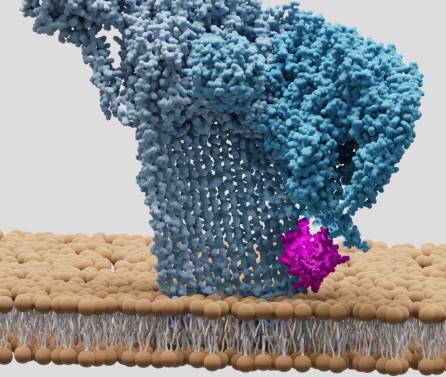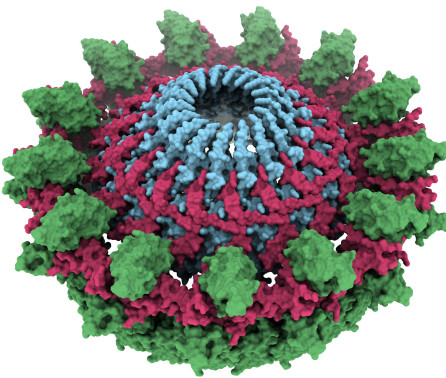BibTex format
@article{Witcomb:2015:10.1128/IAI.00953-15,
author = {Witcomb, LA and Collins, JW and McCarthy, AJ and Frankel, G and Taylor, PW},
doi = {10.1128/IAI.00953-15},
journal = {Infection and Immunity},
pages = {4528--4540},
title = {Bioluminescent Imaging Reveals Novel Patterns of Colonization and Invasion in Systemic Escherichia coli K1 Experimental Infection in the Neonatal Rat},
url = {http://dx.doi.org/10.1128/IAI.00953-15},
volume = {83},
year = {2015}
}
RIS format (EndNote, RefMan)
TY - JOUR
AB - Key features of Escherichia coli K1-mediated neonatal sepsis and meningitis, such as a strong age dependency and development along the gut-mesentery-blood-brain course of infection, can be replicated in the newborn rat. We examined temporal and spatial aspects of E. coli K1 infection following initiation of gastrointestinal colonization in 2-day-old (P2) rats after oral administration of E. coli K1 strain A192PP and a virulent bioluminescent derivative, E. coli A192PP-lux2. A combination of bacterial enumeration in the major organs, two-dimensional bioluminescence imaging, and three-dimensional diffuse light imaging tomography with integrated micro-computed tomography indicated multiple sites of colonization within the alimentary canal; these included the tongue, esophagus, and stomach in addition to the small intestine and colon. After invasion of the blood compartment, the bacteria entered the central nervous system, with restricted colonization of the brain, and also invaded the major organs, in line with increases in the severity of symptoms of infection. Both keratinized and nonkeratinized surfaces of esophagi were colonized to a considerably greater extent in susceptible P2 neonates than in corresponding tissues from infection-resistant 9-day-old rat pups; the bacteria appeared to damage and penetrate the nonkeratinized esophageal epithelium of infection-susceptible P2 animals, suggesting the esophagus represents a portal of entry for E. coli K1 into the systemic circulation. Thus, multimodality imaging of experimental systemic infections in real time indicates complex dynamic patterns of colonization and dissemination that provide new insights into the E. coli K1 infection of the neonatal rat.
AU - Witcomb,LA
AU - Collins,JW
AU - McCarthy,AJ
AU - Frankel,G
AU - Taylor,PW
DO - 10.1128/IAI.00953-15
EP - 4540
PY - 2015///
SN - 0019-9567
SP - 4528
TI - Bioluminescent Imaging Reveals Novel Patterns of Colonization and Invasion in Systemic Escherichia coli K1 Experimental Infection in the Neonatal Rat
T2 - Infection and Immunity
UR - http://dx.doi.org/10.1128/IAI.00953-15
UR - http://hdl.handle.net/10044/1/52952
VL - 83
ER -

